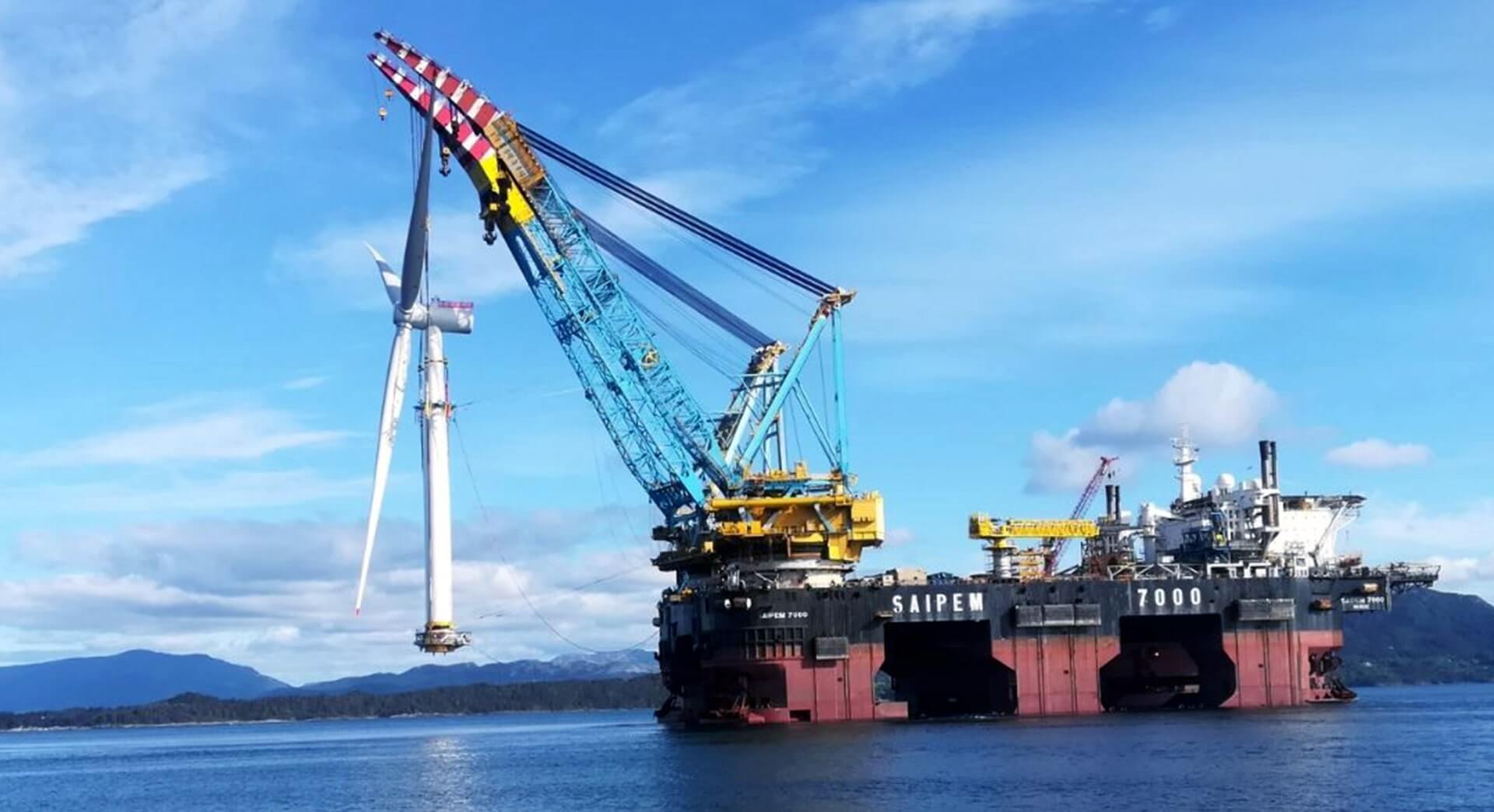


Important Notes on Applications for the 2025 Nagasaki Ocean Academy:
The number of course sessions planned for the first half of the year is as follows. Note that these are subject to change based on future circumstances:
“A0: Offshore Wind Basics (Half-Day Course)”: 2 sessions
“A1: Introduction Course”, “A2: Project Development Course”, “A3: Certification, Insurance, and Finance Course”, “A4: Floating Structures Course”, and “A5: Wind Resource Observation Course”: 1 session each
“C3: HSE Basic Course”: 1 session
The construction of offshore wind farms requires selecting the most suitable foundation type from multiple options based on factors such as water depth at the construction site, seabed conditions at the turbine installation location, and meteorological and oceanographic data. Construction materials and equipment are gathered and stored at port facilities before being transported to the installation site using various types of work vessels.
During installation, whether for fixed-bottom or floating foundations, a range of specialized equipment—such as lifting gear, upending devices, verticality support systems, and pile-driving hammers—is used to ensure efficient construction while minimizing environmental impact. As work vessels become increasingly diverse, developing an effective installation strategy is essential for the successful construction of offshore wind farms.
Second Floor, Research and Development Promotion Organization,
Bunkyo Campus, Nagasaki University,
1-14 Bunkyo-machi, Nagasaki 852-8521, Japan